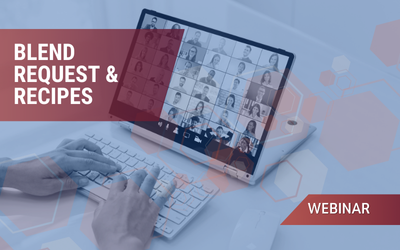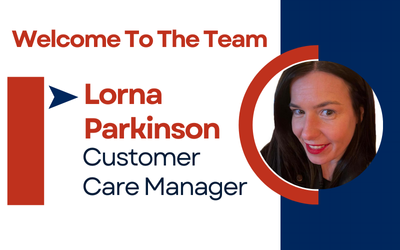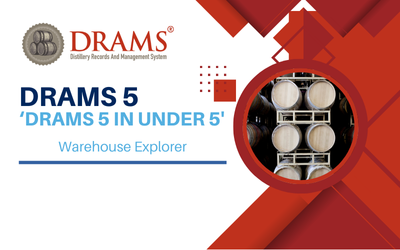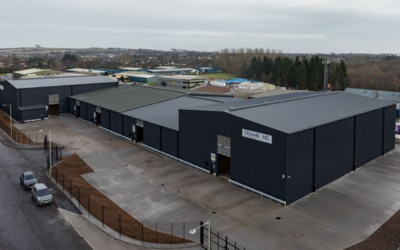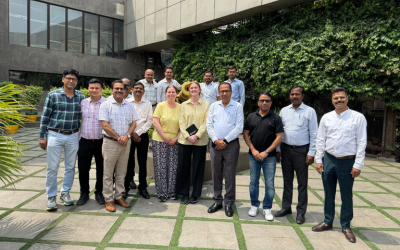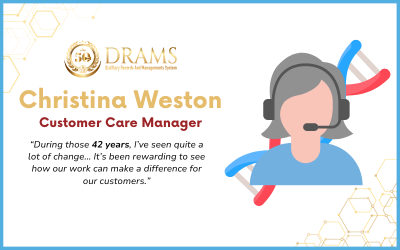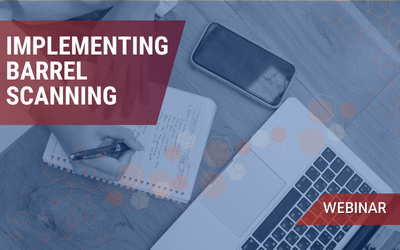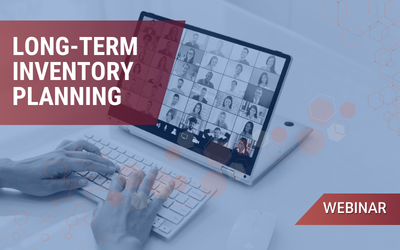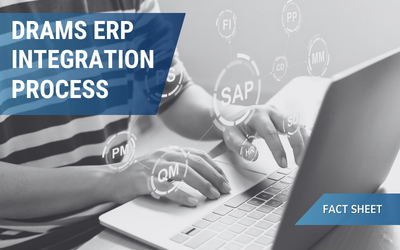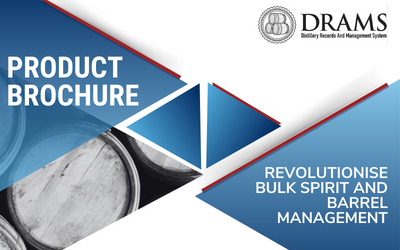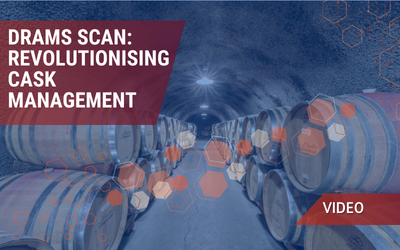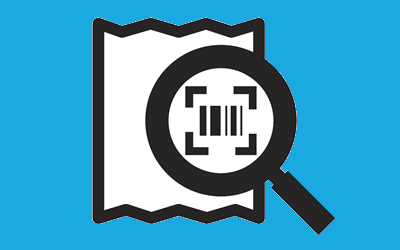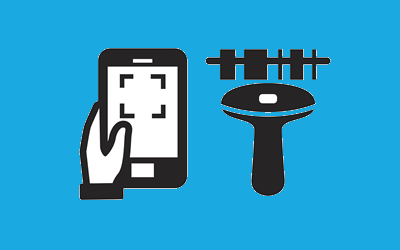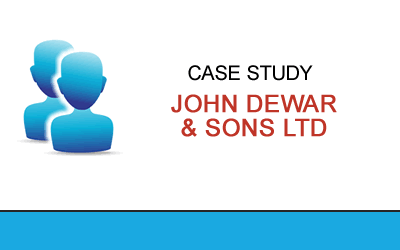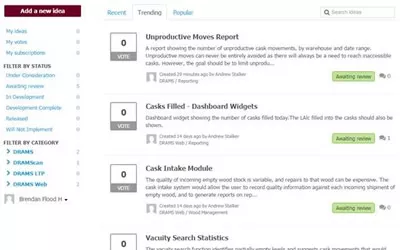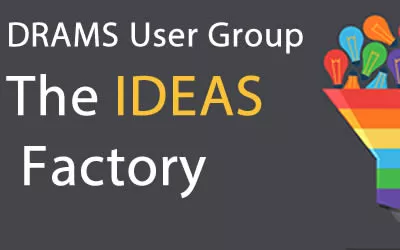The Initial Issue
Whenever companies make the decision to implement new software solutions with the goal of saving time or to reduce the opportunity for error through streamlined and automated processes, they accept the inevitable short-term disruption faced by their employees and operations.
However, companies frequently underestimate the impact on individuals tasked with adapting to the changes that comes with a new solution, and resistance often arises as a result. Such resistance can lead to confusion and frustration internally, ultimately resulting in more errors and wasted time.
So here are some of our suggestions to ensure you get the most from your DRAMS implementation.
Transparency and Communication
To ensure a business maximises its return on technological investment, organisations must ensure employees are actively engaged during the process of change, and any resistance is identified and addressed early on.
During the early stages of the process maintain a clear and consistent message down the chain of command explaining why these changes are necessary. Doing so will provide employees with ample time to comprehend and appraise this change, increasing the likelihood of them embracing the new technology.
Allow employees to provide their feedback. Individuals that are involved in discussions and believe that their voice is being heard will feel valued and therefore show more willingness to adopt the change, possibly even being vocal leaders of change to those who aren’t as quick to accept.
One way of bringing your employees with you on the change journey and to demonstrate you value their feedback is to arrange for their inclusion in the product evaluation process.
Throughout the early engagement process DRAMS offers several system demonstrations to our prospective customers to support their evaluation of potential software solutions. These sessions can be tailored to address specific functionality areas or processes, depending on the audiences needs. Our product experts are also on hand for in-depth discussions on the technical and functional applications of our software, walking your employees through real-world examples of how the DRAMS products could be incorporated into their roles.
By engaging both future users of the system and decision makers in these product demonstrations, the business as a whole is able to move forward to the implementation phase with greater confidence in their decision and the successful outcome of the project.
Implementation Process
There are quite a few common concerns to evaluate when weighing up the prospect of a new system. How long is it going to take? Who will I need to train? What happens if there’s something we don’t understand, who do we refer to? What if it doesn’t do everything we initially expected?
All of these questions are valid, however, when choosing a software provider you should be secure in the knowledge that these concerns have been addressed and will be mitigated over the course of the implementation project.
As part of DRAMS’ Implementation Services, we provide support before, during and after the technical implementation of the software. We work with our new customers to outline the future DRAMS process based on their physical processes, configuring and tailoring the system to reflect their requirements and working processes.
Working with our Service Delivery team, they agree the timeframe for the project and identify the steps necessary to a successful implementation, giving both parties full visibility of the end-to-end process and expected milestones. An implementation consultant is also assigned to the project who provides support throughout the lifetime of the implementation.
User Acceptance Testing
The last phase of a solutions implementation before go-live typically includes User Acceptance Testing (UAT) – a period of time required where the customer tests that the solution performs as expected when completing transactions inline with their operational processes.
This stage of the implementation is essential for ensuring that your new solution can go live with minimal disruption to your businesses working practices and that the system delivers in the manner outlined by the project plan.
The go-live of any new system carries an element of risk but organisations who move forward to go-live without completing UAT dramatically increase the potential for system errors and a solution which fails to deliver on employee expectations. When the system underperforms or causes disruptions to the day-to-day operations of the business, employees are much more likely to experience frustration and display resistance to the overall change.
To get the most out of the UAT, organisations should look to involve employees who will be required to have a hands-on use of the software once it goes live.
DRAMS recommends that all our customers invest both the time and resources required to complete the UAT to a level they deem satisfactory. Advanced preparation to identify all the relevant transactions that need to be tested and process guides which outline the manner in which employees are expected to approach the UAT are often invaluable for ensuring a successful outcome.
Post-Implementation Feedback.
Successfully reaching go-live day is a milestone, but its not the end of the change journey as employees are now expected to adopt the new system into their day-to-day.
During the weeks and months immediately after this milestone your employees can be particularly vulnerable to discontent and frustration as they attempt to make the switch to the new norm.
Regular and open communication is key to identifying any early concerns and remedying them before they grow in to full on resistance. At this stage, fixes might include addressing additional training requirements, adjusting processes which work in theory but not practice, or reminding employees of the benefits they stand to gain.
DRAMS provides all our customers with a dedicated Account Manager and on-going support via our highly experienced Customer Care team. We find regular reviews between internal stakeholders and the DRAMS team are critical to identifying and alleviating any pain points both immediately after go-live and over the longer-term partnership with our customers; ensuring the successful incorporation of the DRAMS solution into standard operating practices and optimal return on investment.
In Summary
Overall, a successful change management process requires clear three-way communication between internal stakeholders, the wider employee base affected by the change and your chosen solutions partner.
Identifying and defining a clear reason for an operational change, such as the implementation of a new software solution, and effectively communicating all associated benefits of this change to all those involved is the firsts step in getting the most out of your new distillery management solution.
Involving stakeholders and users in the evaluation process and actively listening to feedback is essential to ensuring that all employees are bought into the processes and the right solution for the business needs is selected.
Lastly, choosing a solutions partner you can rely on to advise and support you throughout the implementation process and beyond is key to ensuring that all employees and internal stakeholders feel confident in the end-results.



